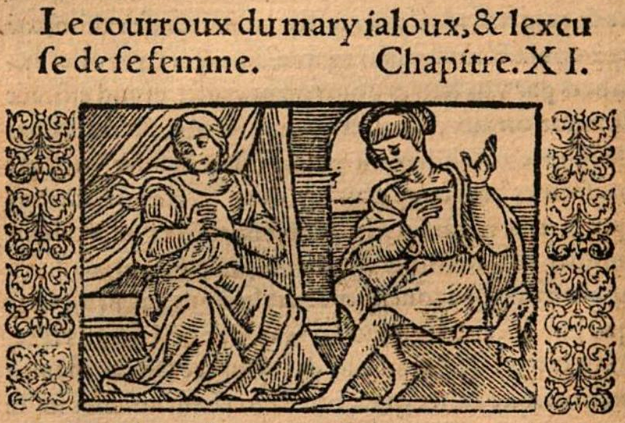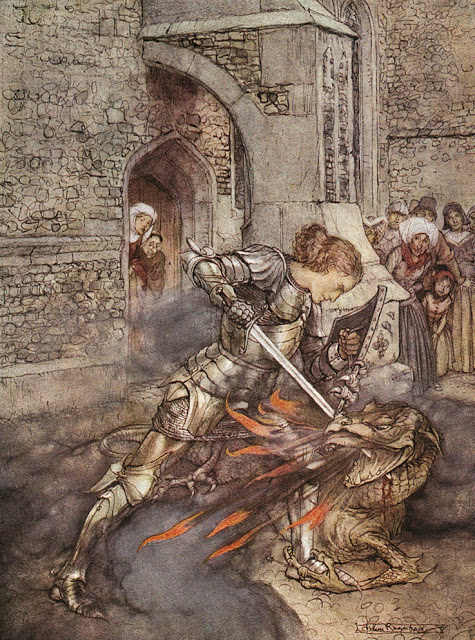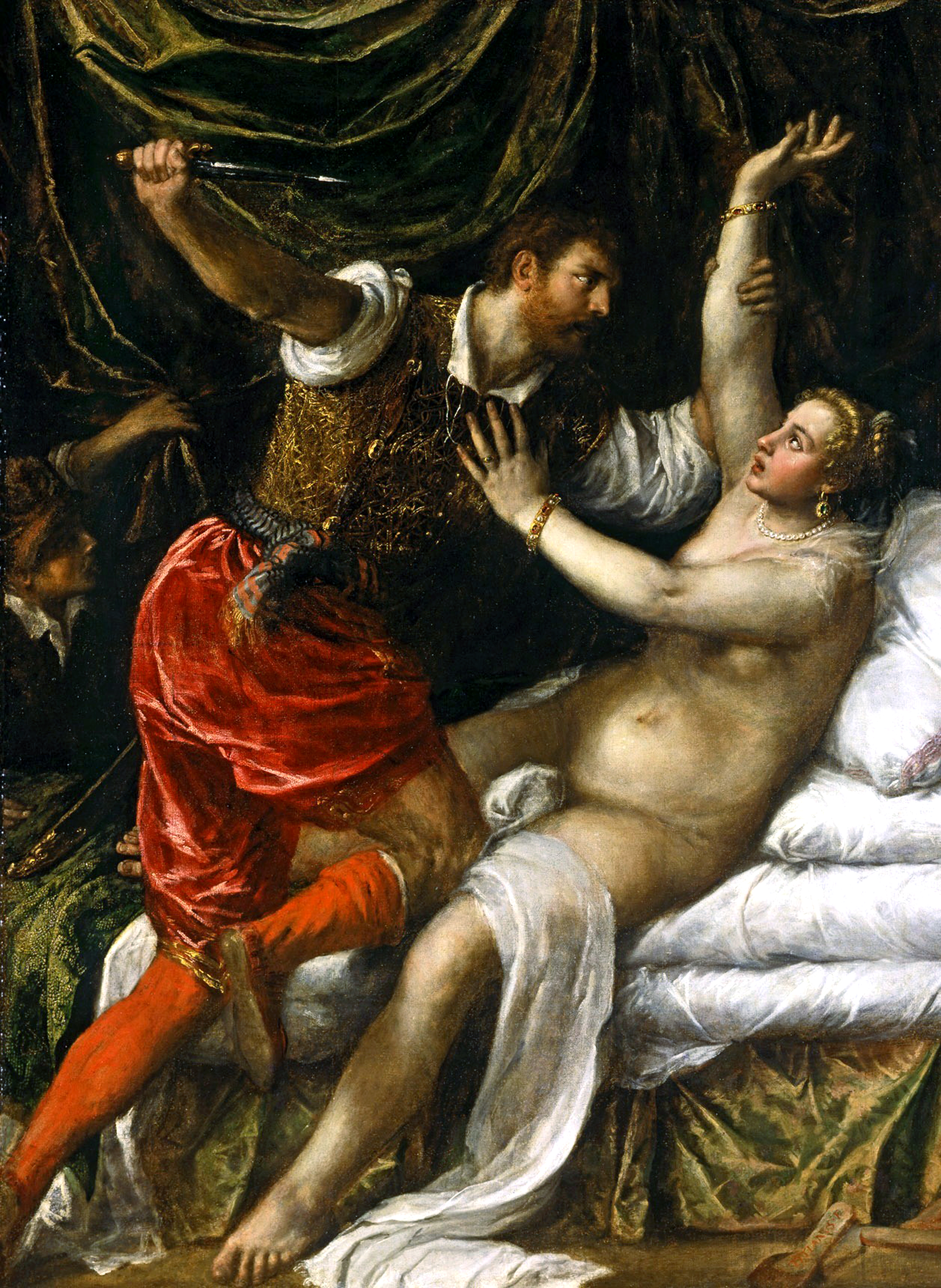|
The Torments Of Love
''The Torments of Love'' is a French sentimental novel by Hélisenne de Crenne, first published in 1538, that is considered the very first sentimental novel in French literature, and had the benefit of a great success at its first publication. ''The Torments of Love'' appears as an antinovel, but without being a parody. Form The novel is divided into three main parts. The first part, which exposes a more feminine aspect, perspective, and point of view of this story, is told by Hélisenne. The second part, written by Hélisenne, is, nonetheless, taled by Guénélic, her lover. The third part is composed in the same way as the second one. A conclusion to the novel is written by Quézinstra, following the three main parts described above. Plot Hélisenne, who is actually the novel's narrator, is a young woman who has been married at age eleven. One day, she notices a young man named Guénélic, who she immediately falls in love with. She firstly attempts to resist her attracti ... [...More Info...] [...Related Items...] OR: [Wikipedia] [Google] [Baidu] |
Sentimental Novel
The sentimental novel or the novel of sensibility is an 18th- and 19th-century literary genre which presents and celebrates the concepts of sentiment, sentimentalism, and sensibility. Sentimentalism, which is to be distinguished from sensibility, was a fashion in both poetry and prose fiction beginning in the eighteenth century in reaction to the rationalism of the Augustan Age. Sentimental novels relied on emotional response, both from their readers and characters. They feature scenes of distress and tenderness, and the plot is arranged to advance both emotions and actions. The result is a valorization of "fine feeling", displaying the characters as a model for refined, sensitive emotional effect. The ability to display feelings was thought to show character and experience, and to shape social life and relations.Richard Maxwell and Katie Trumpener, eds., ''The Cambridge Companion to Fiction in the Romantic Period'' (2008). History Among the most famous sentimental novels ... [...More Info...] [...Related Items...] OR: [Wikipedia] [Google] [Baidu] |
Nisus And Euryalus
In Greek and Roman mythology, Nisus () and Euryalus (; ) are lovers serving under Aeneas in the ''Aeneid'', the Augustan epic by Virgil. Their foray among the enemy, narrated in book nine, demonstrates their stealth and prowess as warriors, but ends as a tragedy: the loot Euryalus acquires (a glistening Rutulian helmet) attracts attention, and the two die together. Virgil presents their deaths as a loss of admirable loyalty and valor. They also appear in Book 5, during the funeral games of Anchises, where Virgil takes note of their ''amor pius'', a love that exhibits the ''pietas'' that is Aeneas's own distinguishing virtue. In describing the bonds of devotion between the two men, Virgil draws on conventions of erotic poetry that have suggested a romantic relationship to some, interpreted by scholars in light of the Greek custom of ''paiderastia'', in which their ''amor pius'' possibly also expresses sexual love, comparing their ambiguous relationship to that of Achilles a ... [...More Info...] [...Related Items...] OR: [Wikipedia] [Google] [Baidu] |
Illustration Des Angoisses Douloureuses
An illustration is a decoration, interpretation, or visual explanation of a text, concept, or process, designed for integration in print and digitally published media, such as posters, flyers, magazines, books, teaching materials, animations, video games and films. An illustration is typically created by an illustrator. Digital illustrations are often used to make websites and apps more user-friendly, such as the use of emojis to accompany digital type. Illustration also means providing an example; either in writing or in picture form. The origin of the word "illustration" is late Middle English (in the sense ‘illumination; spiritual or intellectual enlightenment’): via Old French from Latin">-4; we might wonder whether there's a point at which it's appropriate to talk of the beginnings of French, that is, when it wa ... from Latin ''illustratio''(n-), from the verb ''illustrare''. Illustration styles Contemporary illustration uses a wide range of styles and technique ... [...More Info...] [...Related Items...] OR: [Wikipedia] [Google] [Baidu] |
Middle Ages
In the history of Europe, the Middle Ages or medieval period lasted approximately from the 5th to the late 15th centuries, similarly to the post-classical period of global history. It began with the fall of the Western Roman Empire and transitioned into the Renaissance and the Age of Discovery. The Middle Ages is the middle period of the three traditional divisions of Western history: classical antiquity, the medieval period, and the modern period. The medieval period is itself subdivided into the Early, High, and Late Middle Ages. Population decline, counterurbanisation, the collapse of centralised authority, invasions, and mass migrations of tribes, which had begun in late antiquity, continued into the Early Middle Ages. The large-scale movements of the Migration Period, including various Germanic peoples, formed new kingdoms in what remained of the Western Roman Empire. In the 7th century, North Africa and the Middle East—once part of the Byzantine Empire� ... [...More Info...] [...Related Items...] OR: [Wikipedia] [Google] [Baidu] |
Tristan And Iseult
Tristan and Iseult, also known as Tristan and Isolde and other names, is a medieval chivalric romance told in numerous variations since the 12th century. Of disputed source, usually assumed to be primarily Celtic nations, Celtic, the tale is a tragedy about the illicit love between the Cornish people, Cornish knight Tristan and the Irish princess Iseult in the days of King Arthur. During Tristan's mission to escort Iseult from Ireland in the Middle Ages, Ireland to marry his uncle, King Mark of Cornwall, Tristan and Iseult ingest a love potion, instigating a forbidden love affair between them. The legend has had a lasting impact on Western culture. Its different versions exist in many European texts in various languages from the Middle Ages. The earliest instances take two primary forms: the so-called courtly and common branches, respectively associated with the 12th-century poems of Thomas of Britain and Béroul, the latter believed to reflect a now-lost original tale. A subse ... [...More Info...] [...Related Items...] OR: [Wikipedia] [Google] [Baidu] |
Guinevere
Guinevere ( ; ; , ), also often written in Modern English as Guenevere or Guenever, was, according to Arthurian legend, an early-medieval queen of Great Britain and the wife of King Arthur. First mentioned in literature in the early 12th century, nearly 700 years after the purported times of Arthur, Guinevere has since been portrayed as everything from a fatally flawed, villainous, and opportunistic traitor to a noble and virtuous lady. The variably told motif of abduction of Guinevere, or of her being rescued from some other peril, features recurrently and prominently in many versions of the legend. The earliest datable appearance of Guinevere is in Geoffrey of Monmouth's pseudo-historical British chronicle ''Historia Regum Britanniae'', in which she is seduced by Mordred during his ill-fated rebellion against Arthur. In a later medieval Arthurian romance tradition from France, a major story arc is the queen's tragic love affair with her husband's best knight and trusted f ... [...More Info...] [...Related Items...] OR: [Wikipedia] [Google] [Baidu] |
Lancelot
Lancelot du Lac (French for Lancelot of the Lake), alternatively written as Launcelot and other variants, is a popular character in the Matter of Britain, Arthurian legend's chivalric romance tradition. He is typically depicted as King Arthur's close companion and one of the greatest Knights of the Round Table, as well as a secret lover of Arthur's wife, Guinevere. In his most prominent and complete depiction, Lancelot is a beautiful orphaned son of King Ban of the lost kingdom of Benoïc. He is raised in a fairy realm by the Lady of the Lake while unaware of his real parentage prior to joining Arthur's court as a young knight and discovering his origins. A hero of many battles, quests and tournaments, and famed as a nearly unrivalled Swordsmanship, swordsman and Jousting, jouster, Lancelot soon becomes the lord of the castle Joyous Gard and personal champion of Queen Guinevere, to whom he is devoted absolutely. He also develops a close relationship with Galehaut and suffers ... [...More Info...] [...Related Items...] OR: [Wikipedia] [Google] [Baidu] |
Ancient History
Ancient history is a time period from the History of writing, beginning of writing and recorded human history through late antiquity. The span of recorded history is roughly 5,000 years, beginning with the development of Sumerian language, Sumerian cuneiform script. Ancient history covers all continents inhabited by humans in the period 3000 BCAD 500, ending with the Early Muslim conquests, expansion of Islam in late antiquity. The three-age system periodises ancient history into the Stone Age, the Bronze Age, and the Iron Age, with recorded history generally considered to begin with the Bronze Age. The start and end of the three ages vary between world regions. In many regions the Bronze Age is generally considered to begin a few centuries prior to 3000 BC, while the end of the Iron Age varies from the early first millennium BC in some regions to the late first millennium AD in others. During the time period of ancient history, the world population was Exponential growth, e ... [...More Info...] [...Related Items...] OR: [Wikipedia] [Google] [Baidu] |
Lucretia
According to Roman tradition, Lucretia ( /luːˈkriːʃə/ ''loo-KREE-shə'', Classical Latin: �ʊˈkreːtia died ), anglicized as Lucrece, was a noblewoman in ancient Rome. Sextus Tarquinius (Tarquin) raped her. Her subsequent suicide precipitated a rebellion that overthrew the Roman monarchy and led to the transition of Roman government from a kingdom to a republic. After Tarquin raped Lucretia, flames of dissatisfaction were kindled over the tyrannical methods of Tarquin's father, Lucius Tarquinius Superbus, the last king of Rome. As a result, the prominent families instituted a republic, drove the extensive royal family of Tarquin from Rome, and successfully defended the republic against attempted Etruscan and Latin intervention. There are no contemporary sources of Lucretia and Tarquin’s rape of her. Information regarding Lucretia, how and when Tarquin raped her, her suicide, and the consequence of this being the start of the Roman Republic come from the accounts of R ... [...More Info...] [...Related Items...] OR: [Wikipedia] [Google] [Baidu] |
Medea
In Greek mythology, Medea (; ; ) is the daughter of Aeëtes, King Aeëtes of Colchis. Medea is known in most stories as a sorceress, an accomplished "wiktionary:φαρμακεία, pharmakeía" (medicinal magic), and is often depicted as a high-priestess of the goddess Hecate. She is a mythical granddaughter of the sun god Helios and a niece of Circe, an enchantress goddess. Her mother may have been Idyia. She first appears in Hesiod's ''Theogony'' around 700 BC, but is best known from Euripides's 5th-century BC tragedy ''Medea (play), Medea'' and Apollonius of Rhodes's 3rd-century BC epic ''Argonautica''. In the myth of the Argonauts, she aids Jason in his search for the Golden Fleece. Medea later marries him, but eventually kills their children and his other bride according to some versions of her story. In the ''Argonautica'', Medea plays the archetypal role of helper-maiden, aiding Jason in his search for the Golden Fleece, using her magic to save his life and kills her bro ... [...More Info...] [...Related Items...] OR: [Wikipedia] [Google] [Baidu] |
Chivalric Romance
As a literary genre, the chivalric romance is a type of prose and verse narrative that was popular in the noble courts of high medieval and early modern Europe. They were fantastic stories about marvel-filled adventures, often of a chivalric knight-errant portrayed as having heroic qualities, who goes on a quest. It developed further from the epics as time went on; in particular, "the emphasis on love and courtly manners distinguishes it from the ''chanson de geste'' and other kinds of epic, in which masculine military heroism predominates." Popular literature also drew on themes of romance, but with ironic, satiric, or burlesque intent. Romances reworked legends, fairy tales, and history to suit the readers' and hearers' tastes, but by they were out of fashion, and Miguel de Cervantes famously burlesqued them in his novel ''Don Quixote''. Still, the modern image of "medieval" is more influenced by the romance than by any other medieval genre, and the word ''medie ... [...More Info...] [...Related Items...] OR: [Wikipedia] [Google] [Baidu] |
Helen Of Troy
Helen (), also known as Helen of Troy, or Helen of Sparta, and in Latin as Helena, was a figure in Greek mythology said to have been the most beautiful woman in the world. She was believed to have been the daughter of Zeus and Leda (mythology), Leda or Nemesis, and the sister of Clytemnestra, Castor and Pollux, Castor, Pollux, Philonoe, Phoebe (mythology), Phoebe and Timandra (mythology), Timandra. She was married first to King Menelaus of Sparta "who became by her the father of Hermione (mythology), Hermione, and, according to others, of Nicostratus (mythology), Nicostratus also." Her subsequent marriage to Paris (mythology), Paris of Troy was the most immediate cause of the Trojan War. Elements of her putative biography come from classical authors such as Aristophanes, Cicero, Euripides, and Homer (in both the ''Iliad'' and the ''Odyssey''). Her story reappears in Book II of Virgil's ''Aeneid''. In her youth, she was abducted by Theseus. A competition between her suitors ... [...More Info...] [...Related Items...] OR: [Wikipedia] [Google] [Baidu] |








